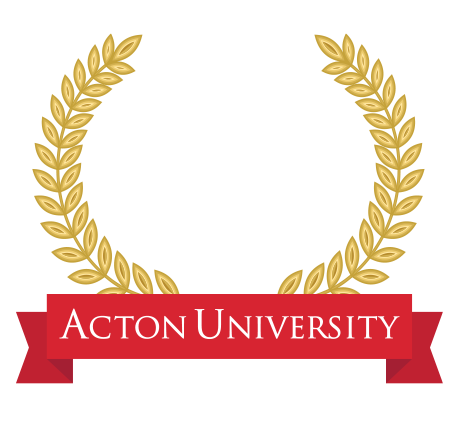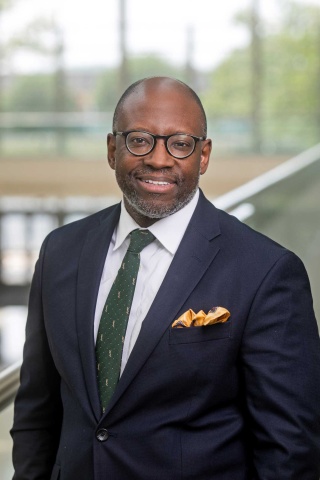Black History Month is like Christmas for race alarmists. It is the perfect time to unwrap the results of racial disparity studies to imply some sort of institutional racism.
A recent example is a study titled Reviving the Goal of an Integrated Society: A 21st Century Challenge by the Civil-Rights Project at UCLA. The authors call on the Obama administration to take action against “resegregation.” The report sounds the alarm that “40 percent of Latinos and 39 percent of blacks now attend intensely segregated schools. The average black and Latino student is now in a school that has nearly 60 percent of students from families who are near or below the poverty line.”
High concentrations of blacks and Latinos is a problem for critics because of the mythological belief that blacks and Latinos need to be in the presence of whites to achieve academic success. It is the New Racism: the idea that minorities cannot survive without whites. The report additionally confuses race with class. What matters most is not that blacks and Latinos are in minority schools, but that lower-income black and Latino parents suffer from not having the freedom to attend whatever school will best educate their children, as do many in higher income brackets, including middle-class minorities.
A predominantly black and Latino demographic is an irrelevant factor in a school’s low student achievement scores. All-black schools have produced high achieving students in the past. Thomas Sowell tells of a segregated high school that, from 1870 to 1955, repeatedly equaled or exceeded national norms on standardized tests. During the entire 85-year history of Washington’s M Street/Dunbar High School, most of its 12,000 graduates went on to higher education, an unusual achievement for any school — white or black — during this era. Some M Street/Dunbar School graduates attended Harvard and other elite colleges in the early twentieth century.
Sowell notes that, as of 1916, there were nine black students from the entire country attending Amherst College, and six were from the M Street/Dunbar School. During the period from 1918 to 1923, the school’s graduates went on to earn 25 degrees from Ivy League colleges, Amherst, Williams, and Wesleyan. The first blacks to graduate from West Point and Annapolis hailed from M Street/Dunbar. So did the first black full professor at a major university, the first black federal judge, the first black general, the first black Cabinet member, and the first black elected to the United States Senate since Reconstruction.
Segregated schools produced such notables as Mary McLeod Bethune, Thurgood Marshall, and Martin Luther King Jr. The belief that racial diversity is a key to academic success has no empirical basis. If this myth were true, it would be difficult to explain academic success in more mono-racial societies such as Japan, Germany, and the Netherlands. Devotees of the New Racism cannot fathom black and Latino success without whites nearby, but the real problem is that black and Latino children are not provided educational options consonant with their dignity and potential. Given the current achievement disparities between the disadvantaged and the middle class regardless of race, can social engineering be more important than increasing performance in lower income neighborhoods?
Crafting solutions for problems in lower income settings are well beyond President Obama’s capacity, because they are moral in nature. A prime example is the relationship between academic achievement and family structure. According to a Heritage Foundation study, children aged 3 to 12 in families with married, biological parents performed on average better on a mathematical calculation test than peers in families with a biological mother and a stepfather, families with an unmarried biological mother and a cohabiting partner, or families with a biological father only. This is but one in a multitude of data points showing the influence of family character on academic accomplishment.
Nor can Obama’s administration do anything about the fact that free people choose to live in neighborhoods where they share similar income and values, regardless of race. The black and Latino middle class do not live in “da hood,” either. It is one of the consequences of free people choosing to live where they want that they often do not live where the elites would prefer. Any alternative proposed by government planners, as we saw with the abysmal failure of school busing programs, usually makes matters worse.
What is best for low-income black and Latino students is what is best for all students: stable and supportive families, parental presence, and high-achieving schools with stellar teachers. These require local solutions that have nothing to do with shoddy “disparity” studies and the New Racism now being promoted in Washington.







